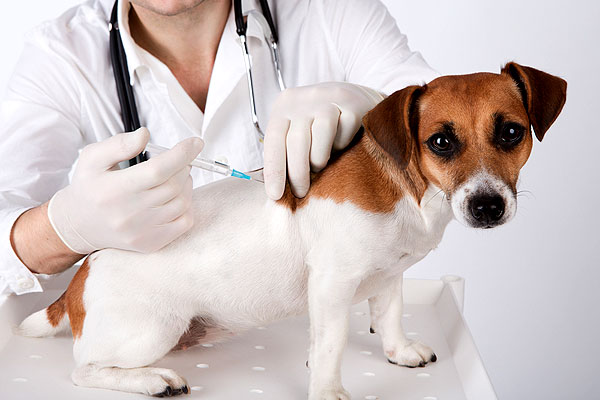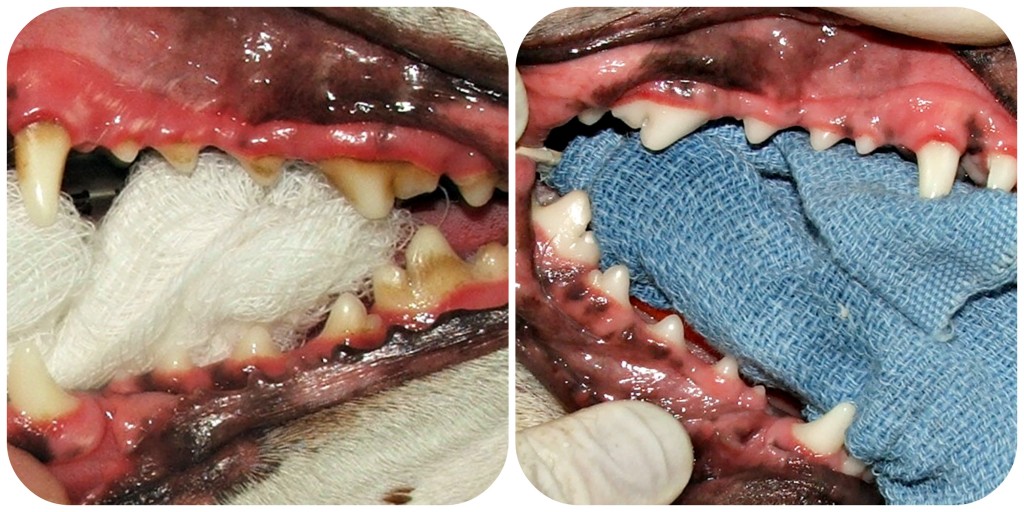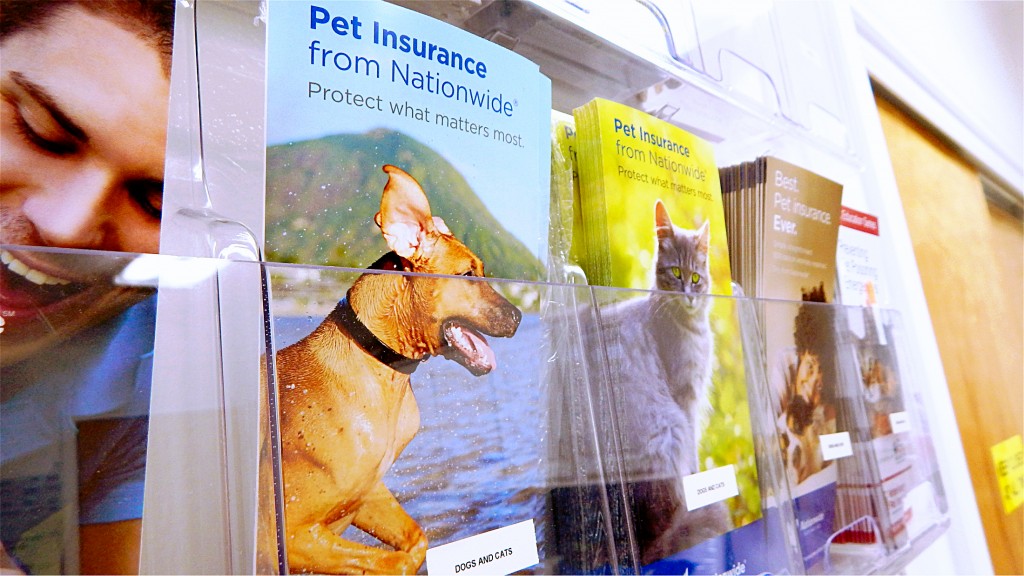 In our article Canine Influenza Virus we discussed the symptoms and types, diagnosis and treatment, and living and management of the virus. This article will discuss the recent outbreaks and what you can do to help prevent the virus from affecting your pet.
In our article Canine Influenza Virus we discussed the symptoms and types, diagnosis and treatment, and living and management of the virus. This article will discuss the recent outbreaks and what you can do to help prevent the virus from affecting your pet.
Continue reading Canine Influenza Vaccine and Recent Outbreaks


























